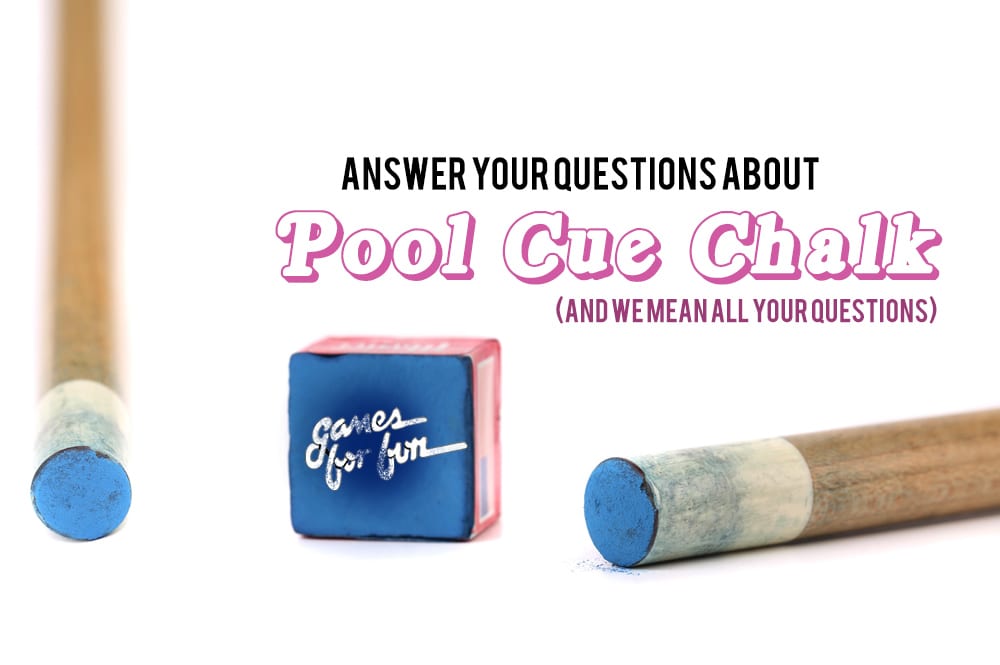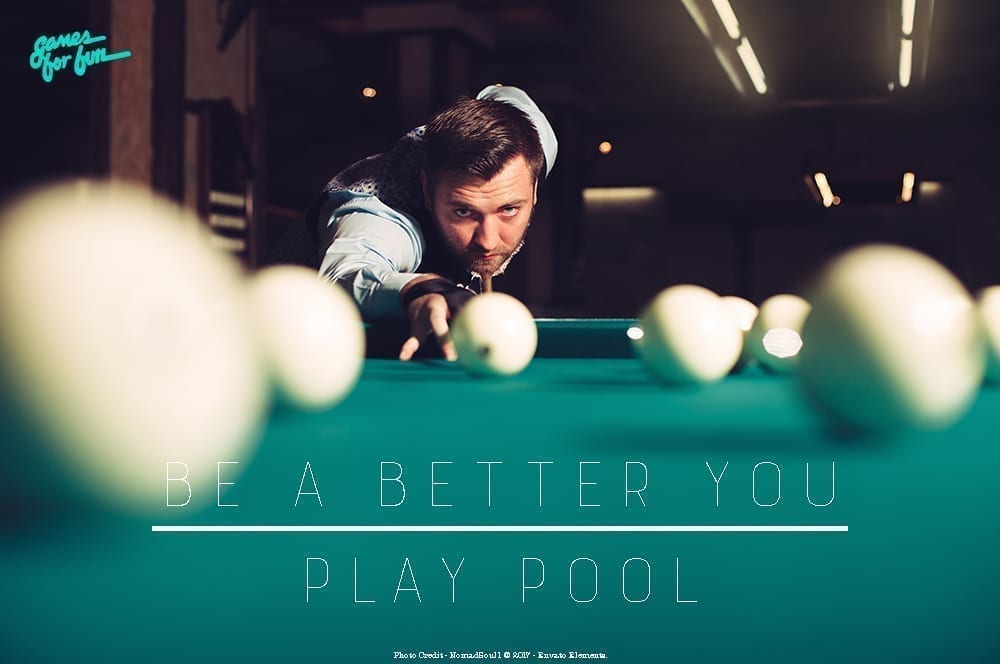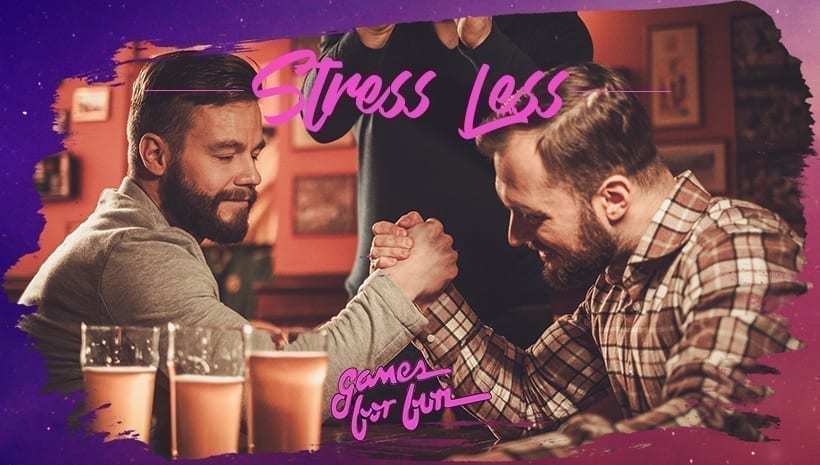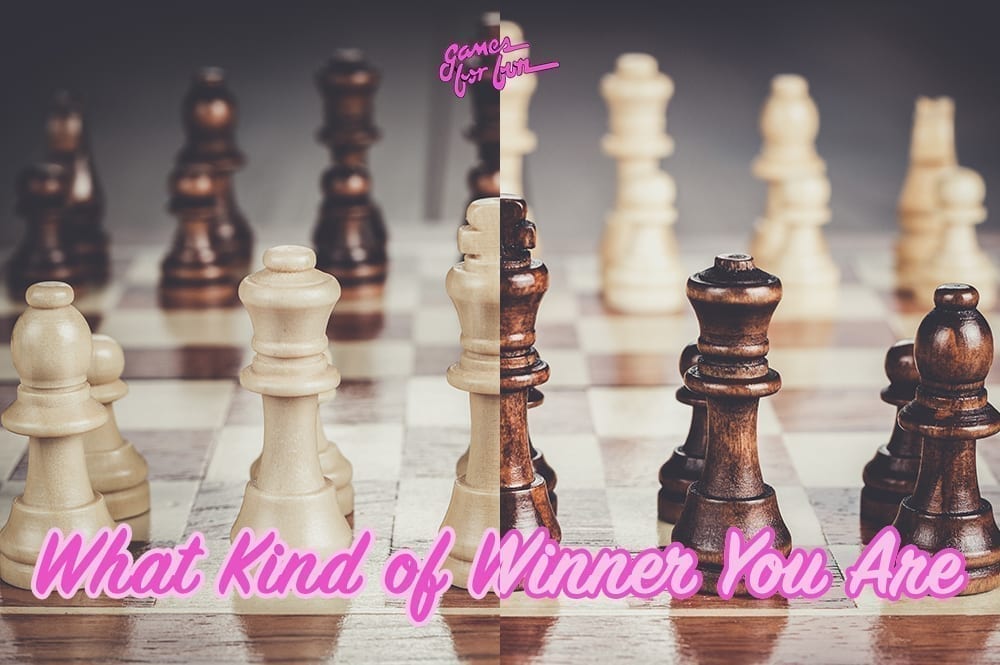We’re taking time to answer your cue chalk questions, no matter how simple or crazy some might be (and, yes, there are questions about eating chalk).
Consider this article to be the first ultimate hub for all things related to pool chalk. Whether you’re getting into the game of pool or chalkin’ curiosity has simply gotten the best of you, having knowledge about the chalk used in a game of pool (and outside of it) has its benefits. However, chalk is cheap, so let’s just get into it.
What is pool cue chalk made of and how is it made?
Cue tip chalk is not actually the substance typically referred to as “chalk” (generally calcium carbonate), but any of several proprietary compounds, with a silicate base. Cue tip chalk (invented in its modern form by straight rail billiard pro William A. Spinks and chemist William Hoskins in 1897) is made by crushing silica and the abrasive substance corundum or aloxite (aluminum oxide), into a powder. It is combined with dye (originally and most commonly green or blue-green, like traditional billiard cloth, but available today, like the cloth, in many colors) and a binder (glue).
Why is chalk used in pool? Is it necessary?
TL;DR: Chalk is used to provide friction between the cue tip and cue ball during contact, to prevent a miscue; without chalk, the contact point between your pool stick and the cue ball would lack friction. Now, the long version. If you’ve ever watched a game of billiards, you may wonder why the players apply chalk to the end of their cue sticks. You might have applied chalk to the cue stick just from mimicking without even realizing why you’re doing it. Over time, the tip of a pool stick becomes worn and smooth from use; chalk adds ‘motion-resistance’ between the cue and the spot where it hits the cue ball. This prevents the cue from sliding off the ball prematurely, ruining the shot (called a ‘miscue’). Another less-direct advantage to chalking up is that it forces the player to pace him or herself and spend a little extra time focusing and concentrating between shots.
How and when is it recommended to ‘chalk up’?
Though with some newer chalk, your chalking will be drastically less, it’s recommended to chalk before every shot or every other shot. In order to get the most thorough, adequate chalk coverage on your pool cue tip, tilt your cue at an angle and use a deliberate, brushing motion. Slowly turn the cue stick while keeping the chalking coverage steady. TIP: Do no drill a hole in the chalk. This only gets chalk on the very center of the tip and all over the ferrule. You want to ensure that chalk is covering the entire tip surface area. Like Minnesota Fats used to say, “Chalk your tip like a lady puts on lipstick.” Also, try not to chalk your cue over the table. This gets chalk dust and chips on the cloth which can ultimately dirty up the cloth and balls, causing them to react unpredictably.
Does pool chalk color matter?
The chalk color should always match the felt color. Blue is recommended in most tournaments as it allows the referee and players to see marks on the cue ball. The marks can be cleaned off easily.
What is the best chalk to use when playing a game of pool?
This chalk buying guide that was written after a thorough inspection of pool cue chalk and numerous testing over the years. It’s top chalk is Kamui Pool Cue Chalk 0.98 Beta with a whopping 9.8 out of 10 score. Tied for that #1 spot is Kamui (again!) with Pool Cue Billiard Chalk 1.21 Beta. We trust this guide because the list continues to be updated with chalk information every time they get a new experience with the different chalk brands. Not only is this list consistent, but it also is as inclusive as possible! Apparently the Kamui brand is known for its chalk containing a much finer particle size than standard chalk, allowing for maximum friction and a larger sweet spot to generate more spin to the cue ball. It also helps increase aim accuracy.
What do the pros use?
According to Oscar Wilde, imitation is the sincerest form of flattery that mediocrity can pay to greatness. So, we know why this is such a common question. Since we already mentioned the Kamui brand of pool chalk in the previous question, here’s a list of other brands that you might catch many professional pool players using during a game:
-
Silvercup Chalk
-
Master Chalk
-
Predator Chalk
-
OBI Chalk
-
Blue Diamond Chalk
Is pool chalk edible?
We don’t recommend eating pool cue chalk. As noted in ingredients that make the pool chalk, these chalks that are sold in retail shops contain additives and chemicals which are harmful. Additionally, eating pool or billiard chalk can be different than school and blackboard chalk because it may also contain lead.
Does edible chalk exist?
Don’t worry, for those interested in edible chalk, there is edible chalk available on the market. This could be convenient for children who are using chalk and are at that age where curiosity surpasses danger and logic (we’ve all been through that phase in life). If you want your kids to play with safe chalk that’s also edible, we’ve got a solution. Apparently, chalk is used not only as stationary, but also as a food additive, and edible chalk (and other items such as clay) is a great way to recharge the body with calcium and clean it of toxins!
What does chalk taste like?
Though we at Games For Fun haven’t tried chalk, we’ve heard that edible chalk varies in taste for different people. It’s apparently the chalky taste in itself that is appealing to some. Edible chalk is said to have a very clean and fresh taste and always remains monolithic, or in the form of a single large block of stone. Some chalks are crunchy and some chalks are soft depending on the type.
Check out the links below to get more information about pool, billiards, and more!
SOURCES:
- https://uclays.com/
- https://www.chalkineurope.com/pages/what-does-chalk-taste-like
- https://snookerly.com/choosing-the-best-pool-chalk/
- https://www.legacybilliards.com/blogs/resources/why-do-you-chalk-a-pool-stick
- https://www.pooldawg.com/article/pooldawg-library/chalk-it-up-the-proper-way
- https://findanyanswer.com/what-is-the-blue-chalk-in-pool-called







